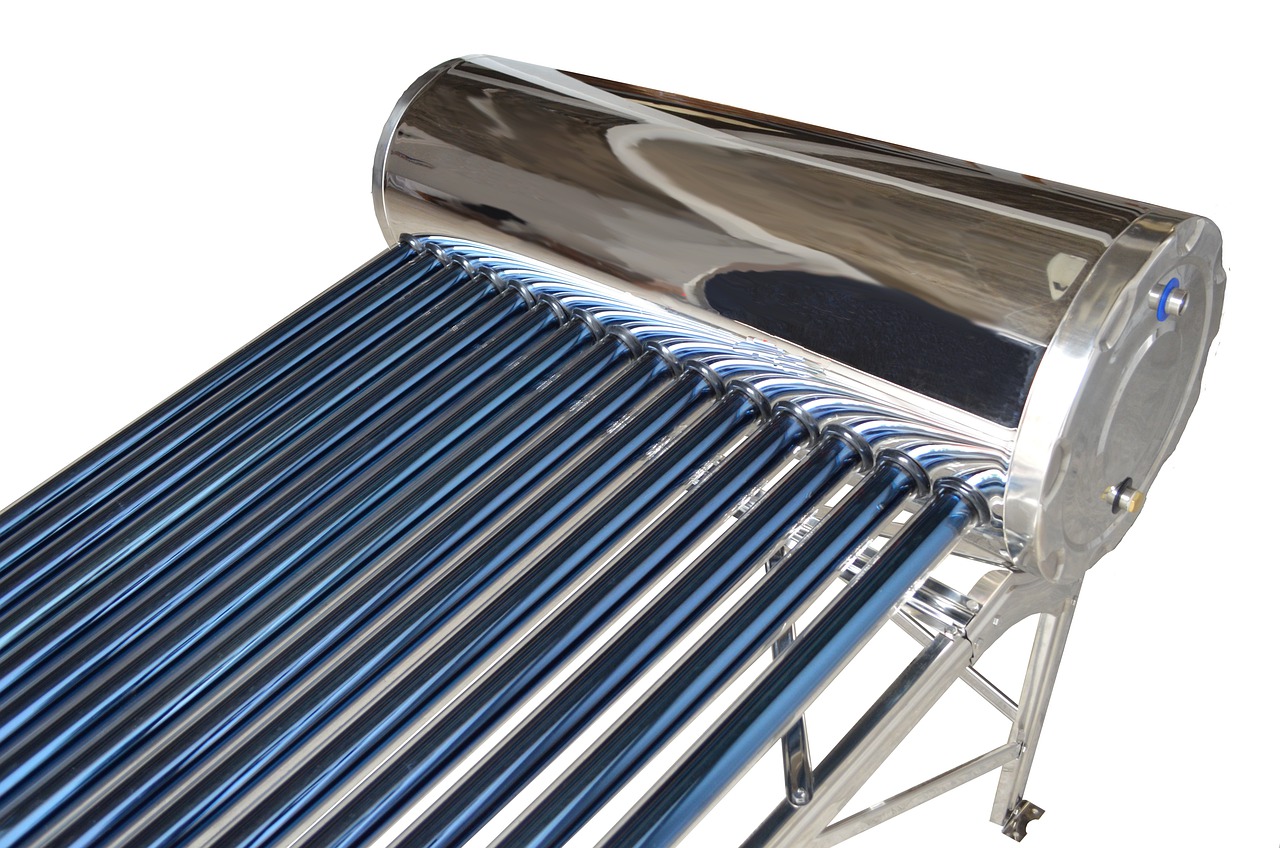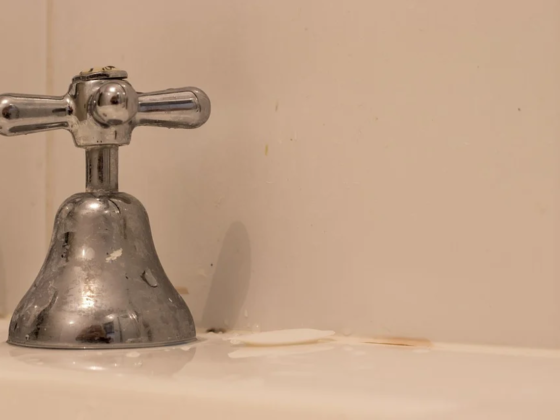When people think about cost and the environment during the selection of water heaters, there is nothing better than solar water heaters which many people know as solar domestic hot water systems.
The equipment is useful in all kinds of climate, and as it uses solar energy to run the system, the fuel is free. To understand the working of solar water heaters which are quite different from the traditional water heaters, you can talk to the experts at Ryan Old Plumbing Brisbane.

The solar heating system comprises of the storage tank, and collectors and the active type of solar heating system using pumps for circulation and controls which is absent in the passive system.
Active Solar Water Heating Systems
A tank, a pump for circulation and a solar panel are the main constituents of an active solar water heating system. There can be direct circulation solar water heaters and indirect circulation water heaters.
Read Also:
Direct Circulation Systems:
In the direct circulation systems, pumps distribute hot water across the house with the help of collectors, and it is most effective in places where there are no chances of water freezing due to excessive cold.
Indirect Circulation Systems:
In this type of water heating system, the pump circulates a fluid that does not freeze through a heat exchanger and the collectors. These systems are suitable in climates of shallow temperature where there are high chances of the water freezing.
Passive Solar Water Heating Systems
Passive solar water heating systems are more affordable than active systems but not as efficient as the latter. However, the systems are more reliable and less prone to wear and tear and lasts longer than the active systems.
Thermosyphon systems and Integral collector-storage passive systems are two types of passive solar water heating systems.
Thermosyphon Systems:
This system operates on the principle that hot water is lighter and rises above the cold water layer. To achieve the goal, install the collector under the tank to allow hot water flow into the tank and then distributed across the house at the desired points.
Although these systems do not cost much, whether you can install the system depends on the kind of roof you have and its design and construction because it must be strong enough to withstand the load of the very heavy storage tank.
These water heater units are costlier than integral collector storage passive systems.
Integral Collector Storage Passive Systems:
To use this system, you must reside at a place where the temperature never falls below the freezing point. These are also useful for households in which the usage of hot water peaks during the daytime and evenings.
A storage tank with good insulation is standard for all types of solar water heating systems which must have additional points for inlet and outlet to stay connected to the collector.
Some systems have two tanks in which the first tank pre-heats water and sends it to the second tank. For systems with single tanks, the backup heater is part of the storage tank.










